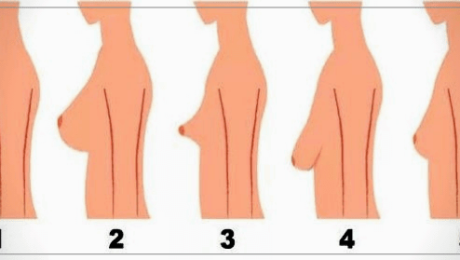A Ablactation: Weaning the baby Adjuvant Treatment: Auxiliary treatment performed in addition to surgery after surgery. Axillary Incision: The incision procedure made from the armpit in breast surgery. Acute Mastitis: Local findings such as stiffness, pain, and redness as well as fever and chills in the breast. Alveolus Mammarial gland. Amastia: Unilateral or bilateral absence
All surgical procedures performed through microsurgical methods by plastic surgeons for adding aesthetic value to various problems in breasts on nipple and areola parts (brown area around the nipple) such as interventions for buried nipple, collapsed nipple, large and wide nipple and the creation of a nipple (nipple reconstruction) define the concept of nipple aesthetics.
The aesthetic surgical procedure performed to reduce the size of the breasts of women, which are disproportionate to their body, is called breast reduction surgery. This procedure, also called mammoplasty, is a procedure to remove excess fat, breast gland tissue and skin to accomplish the ideal breast size. Thus, discomfort caused by excessively large breasts is eliminated. Breasts that are too large for the body can cause many problems, both physically and psychologically. This can lead to a variety of problems such as pain, problems in physical activities, or psychological issues.
Tuberous breasts (tubular breasts), also called conical breasts, goat breasts, hypoplastic breasts and separated and asymmetrical breasts is formed during the breast development process in both women and men characterised by the narrowness of the breast base, wide nipple circumference and high lower breast fold. It is called congenital deformity caused by herniation of breast tissue outward from the nipple. The plastic surgery operation performed to eliminate these problems is called tuberous breast correction surgery or tubular breast correction surgery.








